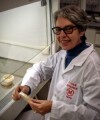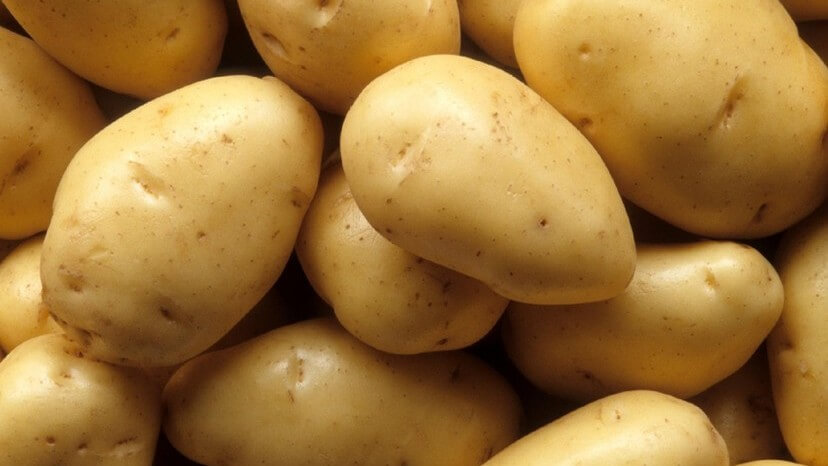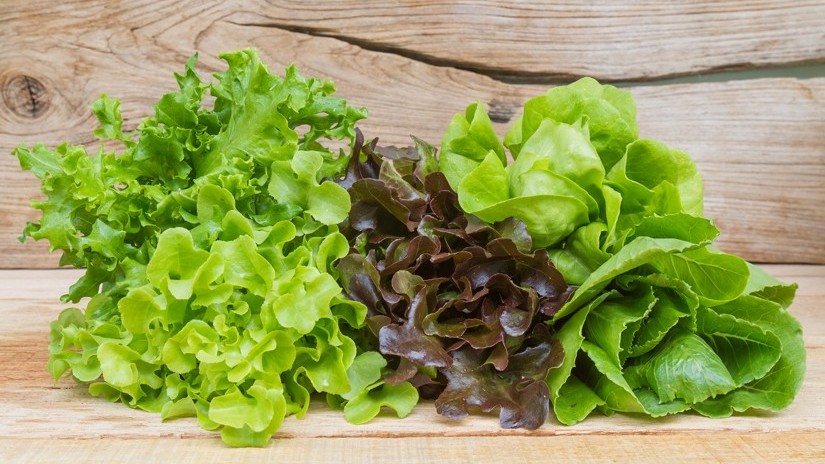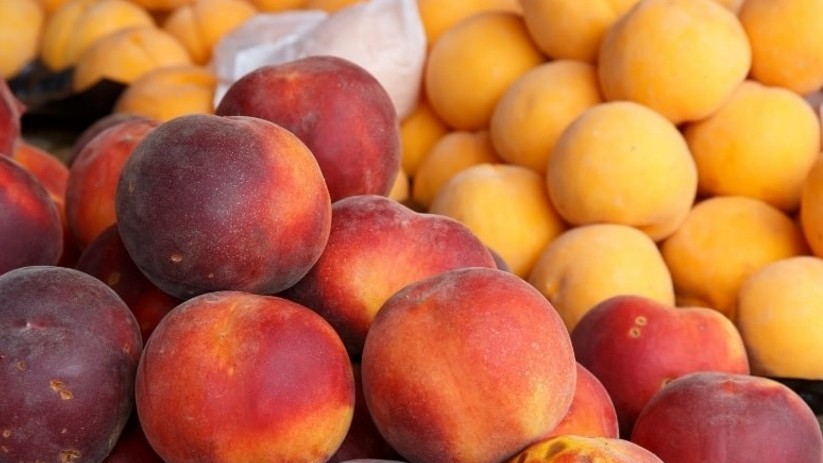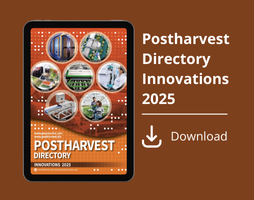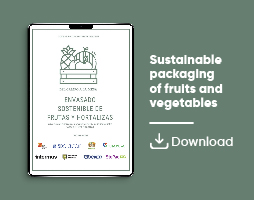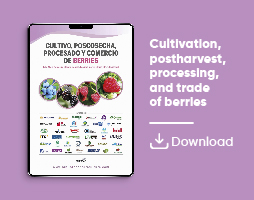News
Antifungal properties of pomegranate peel extracts
M. Nawaz et al. demonstrate the richness in polyphenols of pomegranate peel with activity against a wide range of pathogens that affect fruits in post-harvest
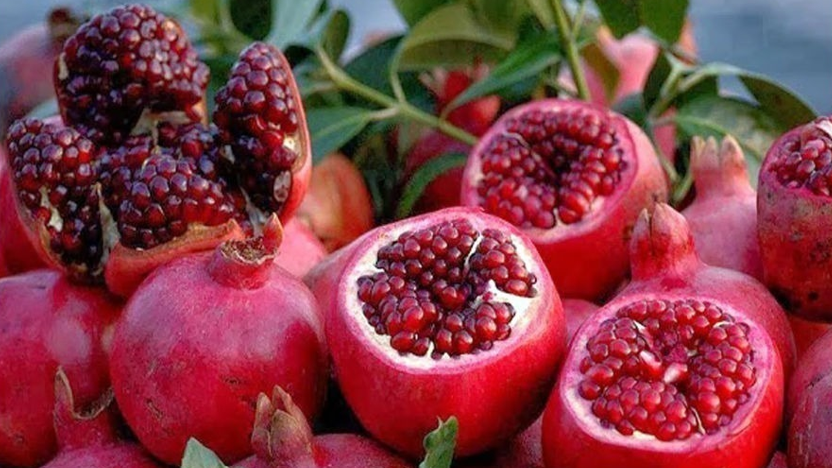
Multiple biotic and abiotic factors are responsible for post-harvest losses. It is estimated that fungal deterioration in post-harvest fruit accounts for more than 25% of losses in developed countries. This decomposition also causes mycotoxin contamination and reduces the quality, market value, and nutritional composition of the fruit.
Fungi in postharvest
Numerous fungi belonging to various genera are associated with this disease. Among these, Colletotrichum gloeosporioides and Botrytis cinerea are considered the most dangerous pathogens affecting various plant hosts. Aspergillus niger, Alternaria alternata, and Botryosphaeria dothidea are also notable pathogens that cause post-harvest rot.
Aspergillus flavus is a prominent fungus known for producing mycotoxins (aflatoxins), in addition to causing post-harvest deterioration.
Rhizopus stolonifer, responsible for soft rot in peaches, is a well-known fungal pathogen.
Species of the genus Monilinia are necrotrophic and infect stone fruits.
In addition, numerous species of Penicillium, such as P. digitatum, P. italicum, and P. expansum, also pose significant threats to many economically important fruits.
Control
Although post-harvest fungal diseases in fruit can be controlled with synthetic fungicides, the high doses used, often irrationally, can cause various problems, such as residual toxicity, human health issues (carcinogenicity), pathogen resistance, and environmental contamination.
Furthermore, due to the toxicological effects of synthetic fungicides, the inorganic compounds registered for the control of post-harvest fungal diseases are very limited, and consumer demand for fungicide-free foods is growing.
Alternative control methods
This trend calls for the application of alternative methods based on natural plant-derived products that are biodegradable, non-toxic, safe, and environmentally friendly.
There has been increased interest in research on natural antifungals, particularly plant-derived compounds, as substitutes for synthetic fungicides in fruit preservation.
Pomegranate, a fruit with multiple properties
Pomegranate (Punica granatum, Lythraceae family) is a fruit that grows in many countries and has numerous potential benefits as a food and medicine. It contains numerous types of primary and secondary metabolites with antihypertensive, antiulcer, antidiabetic, antiobesity, anticancer and antimicrobial activities.
Its beneficial properties are not limited to the edible part of the fruit, but also extend to the leaves, shoots, bark, flowers, peel and seeds.
The peel, also a rich source of compounds of interest
The peel of the pomegranate fruit is an important part that constitutes almost 50% of its total weight and is a significant source of bioactive compounds. The main ones are polyphenols and polysaccharides, of which polyphenols show a wide range of biological activities, such as anti-inflammatory, antiviral, antioxidant, anticancer, antioxidant, etc.
These compounds have also been shown to be effective against fungal phytopathogens. Therefore, pomegranate peels can be used as bioactive ingredients to effectively utilise by-product resources and contribute positively to the industry.
Potential of several polyphenols abundant in pomegranate peel
The results revealed a total of 36 polyphenols in pomegranate peel extract, including 10 new compounds. Among these, 9 specific polyphenols were found to be relatively abundant, highlighting their potential as primary antifungal agents.
In particular, the newly identified polyphenolic compound nobiletin demonstrated the strongest inhibitory effects against Colletotrichum gloeosporioides, Rhizopus stolonifer, and Aspergillus niger.
The substance salidroside (a glycoside that combines a sugar with a phenolic compound called tyrosol) showed significant antifungal activity against Monilinia fructicola and A. niger.
In addition, cinnamic acid showed the strongest inhibitory effects against Alternaria alternata, C. gloeosporioides, and Botryosphaeria dothidea.
Both caffeic acid and protocatechuic acid had the lowest minimum inhibitory concentration in Penicillium expansum.
This work expands the knowledge of the antifungal properties of pomegranate peel and provides valuable information for the development of natural fungicides that reduce post-harvest losses in fruits.
Source
Nawaz, M.; Pan, J.; Liu, H.; Umer, M. J.; Liu, J.; Yang, W.; Lv, Z.; Zhang, Q.; Jiao, Z. (2025).
Integrated evaluation of antifungal activity of pomegranate peel polyphenols against a diverse range of postharvest fruit pathogens
Bioresources and Bioprocessing 12(34).
Image
https://patiohype.com.br/roma-contra-o-alzheimer-casca-da-fruta-ajuda-a-prevenir-a-doenca-diz-estudo/ Access 19/07/2025.


